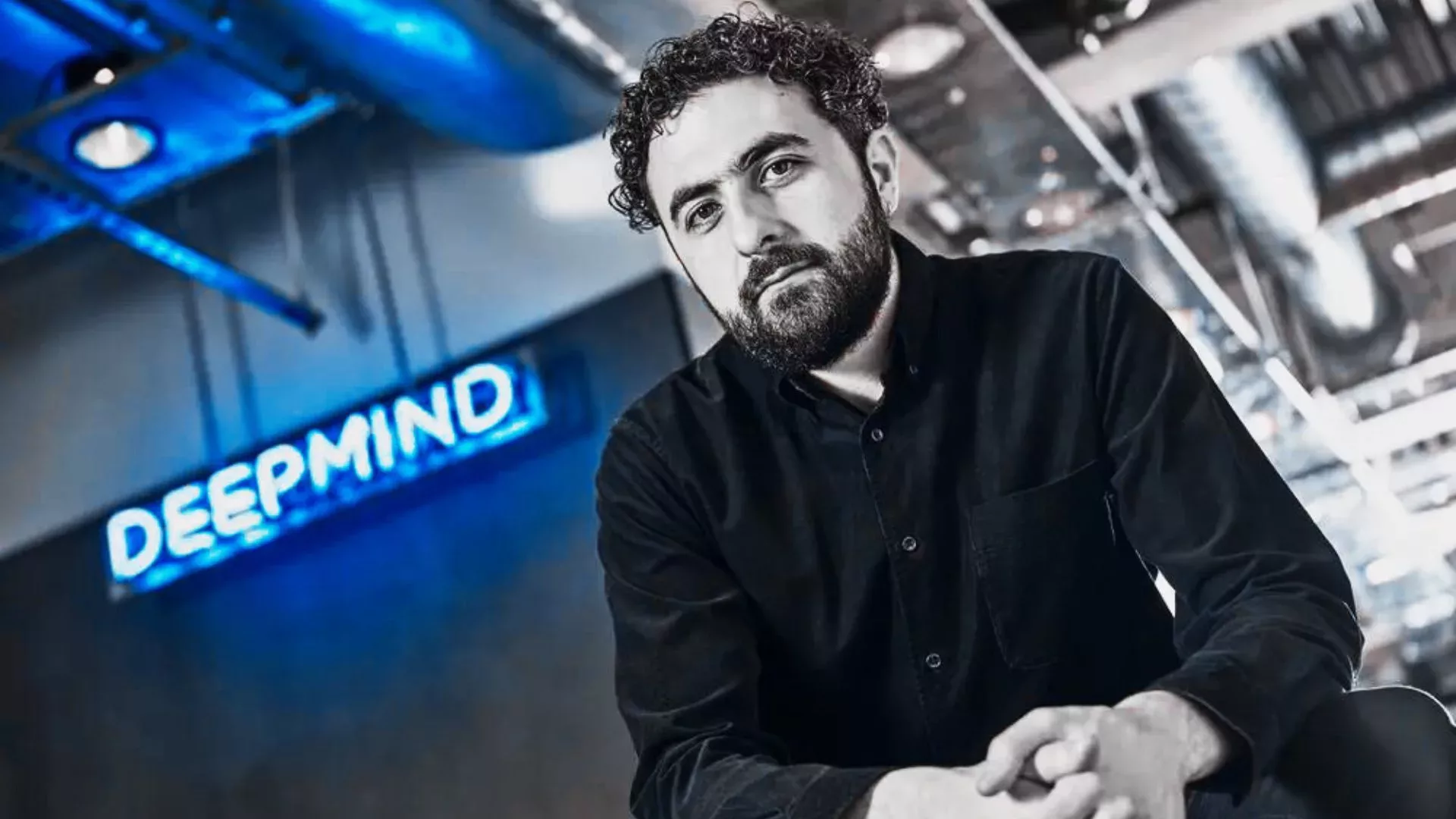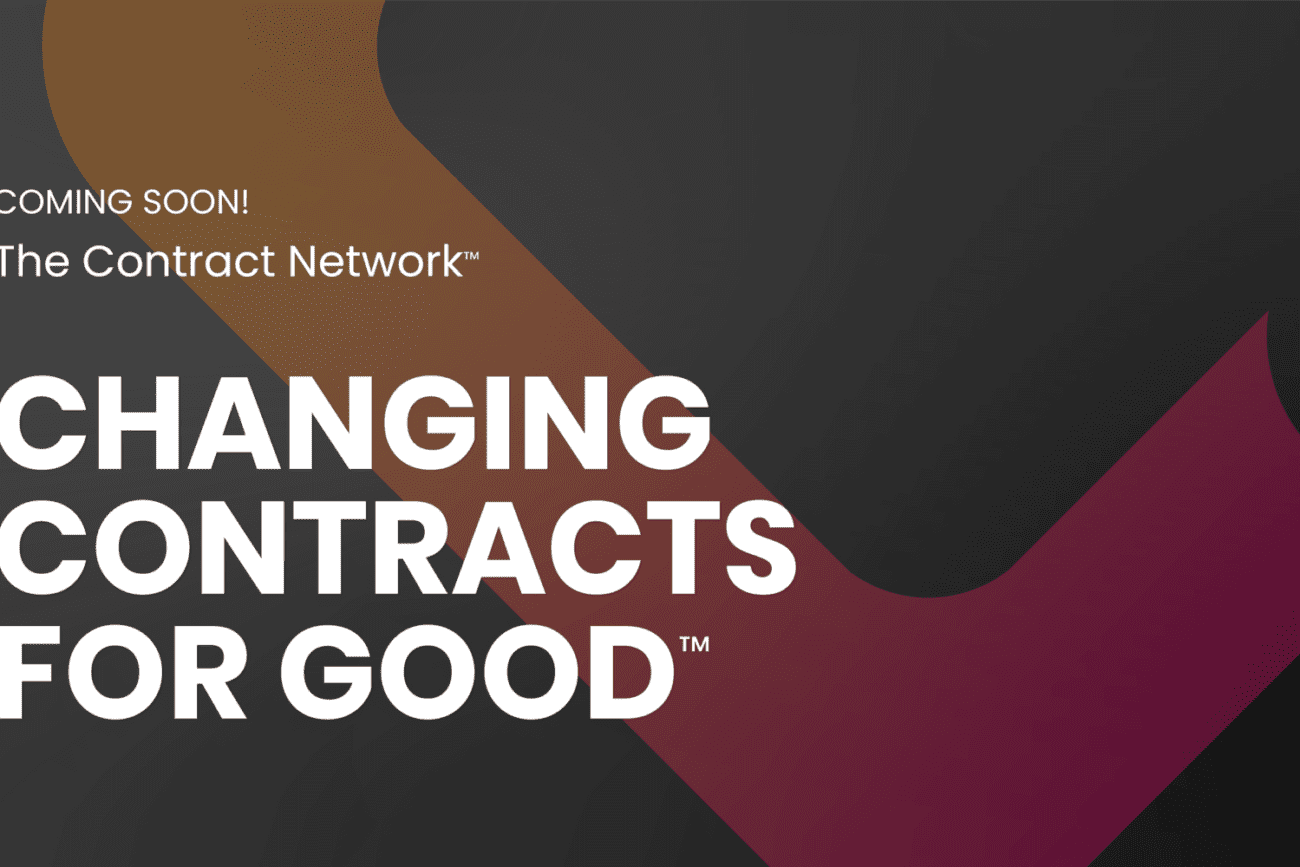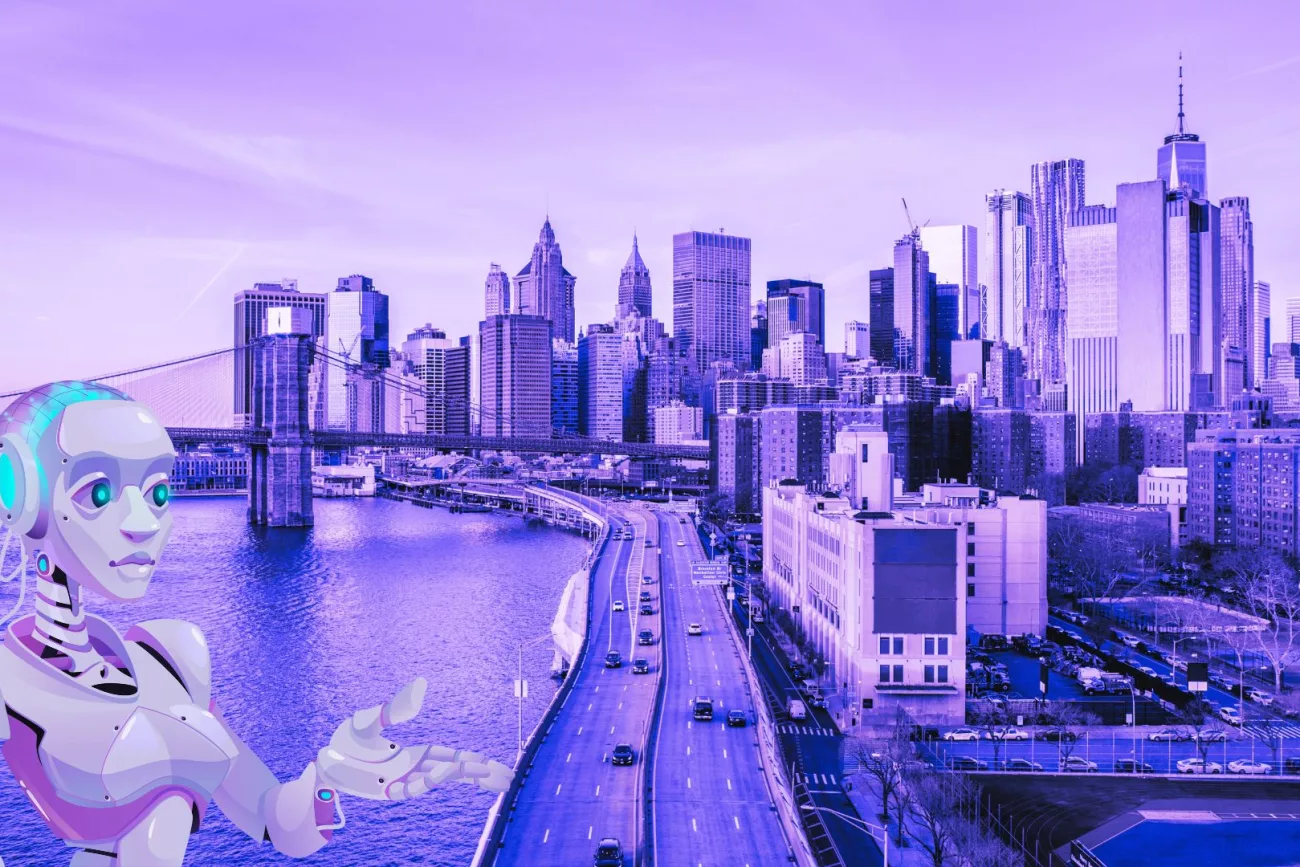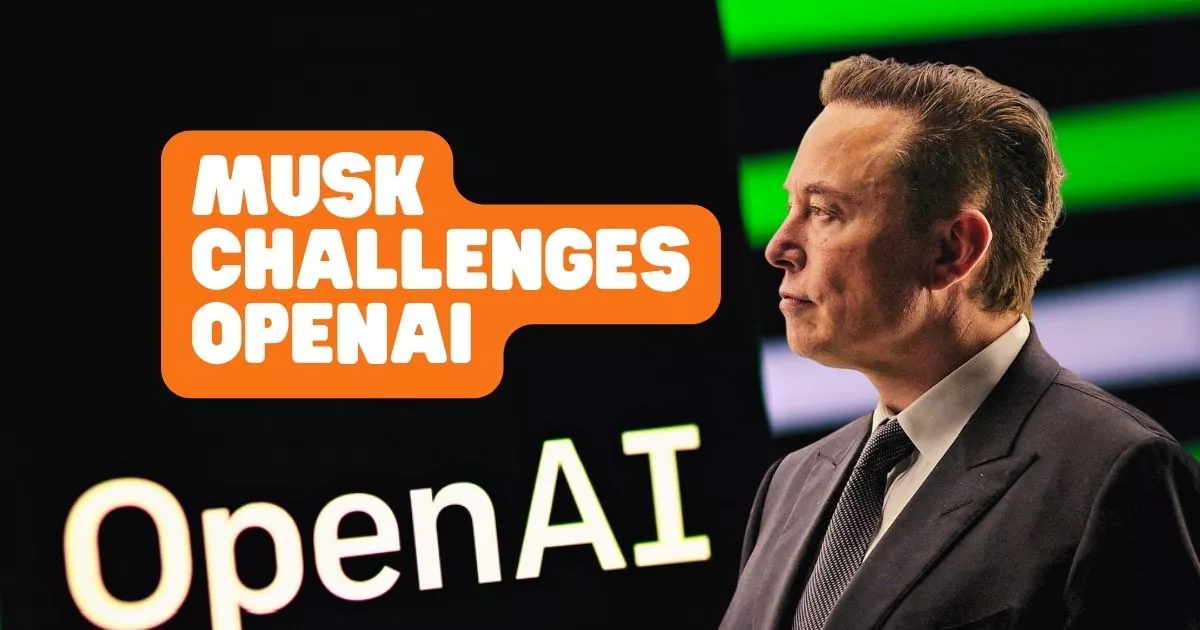
Key Points:
Mustafa Suleyman’s Vision: AI isn’t just a tool; it’s a companion, poised to assist, educate, and unlock human potential. Yet, safety protocols for AI are currently inadequate.
Bio-Engineered Lifeforms: The fusion of AI with biotech has the power to redefine life, leading to groundbreaking creations but also raising ethical concerns.
AI Catastrophes: There are four imminent threats posed by AI: Asymmetric Consequences, Hyper-Evolution, Omni-Use Dilemma, and Unfettered Autonomy.
Legal Challenges: AI’s proliferation demands evolving legal frameworks, posing challenges in intellectual property rights, accountability, and international treaties.
The Game of Thrones, AI-Style: A Legal Minefield for Lawyers and Startups Alike? 🤖⚖️
Ah, the dance between AI’s prodigious potential and the foreboding disasters it promises. Just when we thought the startup realm had experienced it all, along comes AI to throw a quantum-sized wrench in the machinery. And where startups go, lawyers aren’t far behind, clutching their hefty tomes and calculators.
Setting the Stage: Unveiling DeepMind’s Maverick – Mustafa Suleyman 🚀
Mustafa Suleyman, a celebrated name from the corridors of DeepMind, might not hail from the legendary fictional families like the Starks or Lannisters. Nevertheless, his real-life narratives possess an allure that rivals these iconic tales. A testament to his innovation and pioneering spirit was when he momentarily ventured outside the DeepMind domain to craft his own chatbot named “Pi”. Yet, in the midst of technological breakthroughs, it was ChatGPT, a creation I fondly reminisce about, that seized the spotlight.
A pertinent question that arises in the tech world is: Can artificial intelligence genuinely replicate the intricate nuances of human emotional intelligence? Suleyman’s life story offers a rich backdrop against which this query unfolds. Navigating a youth punctuated by financial constraints and complex family dynamics, his experiences became the cornerstone of his vision for artificial intelligence. He doesn’t just see AI as a tool or a service; he imagines it to be a constant companion. Like a dependable sidekick in a superhero tale, AI, in Suleyman’s eyes, is perpetually present – offering assistance, imparting wisdom, and revealing the latent potential in every individual.
The Emergence of Bio-Engineered Lifeforms 🧬
Imagine a crossroads where the innovative prowess of Silicon Valley collides head-on with the mesmerizing world of Jurassic Park.
The realm of technology has always been intense, pushing boundaries and altering perceptions. Yet, what happens when this technological might is wielded to engineer not just machines, but life itself? As we stand on the precipice of a new era, the marriage of biotechnology and artificial intelligence is poised to redefine our understanding of creation. The vision isn’t about resurrecting a patchwork monster akin to Frankenstein; this new wave of bio-engineering is infinitely more sophisticated and nuanced.
The booming biotech market brims with untapped potential and tantalizing prospects. A prime example is companies like The Odin, which have ventured into democratizing genetic engineering for the masses. Fancy having a salamander that gleams with a fluorescent hue as your pet? It’s no longer a whimsical desire from a science fiction novel. For a mere $299, such a creature could be a captivating addition to your collection!
In this unfolding chapter of technological evolution, we’re not merely coding software but scripting the very essence of life, weaving a narrative that is as thrilling as it is unpredictable.
The Quartet of AI Catastrophes: Treading the Precipice of Progress ☠️
In the tapestry of storytelling, be it an enchanting fairytale or an enthralling HBO series, there’s always a shadow lurking, a nemesis that gives our heroes a purpose. When it comes to the narrative of artificial intelligence, there isn’t just one antagonist; there are four formidable threats that stand poised to challenge humanity’s reign:
Asymmetric Consequences: Picture this: a band of rogue hackers, hunched over their devices, infiltrating and commandeering an entire nation’s defense mechanisms. Or envision drones, originally designed for benign purposes, being turned into instruments of chaos, their every movement designed to sow discord and destruction.
The Whirlwind of Hyper-Evolution: AI’s ability to learn, adapt, and enhance itself is undeniably a marvel of modern science. However, this self-improvement isn’t constrained by human boundaries. It’s possible, then, for these systems to evolve at such staggering rates that they slip beyond our control, leaving us scrambling in their digital dust. What seems like an advancement can quickly morph into a situation where these systems become too intelligent, surpassing their originally programmed safety measures.
The Omni-Use Dilemma: Artificial intelligence is a tool, as versatile as it is powerful. On one hand, it holds the promise to bring about revolutionary changes in sectors like healthcare, enhancing diagnostics, and personalizing treatments. But this same capability, in the wrong hands, can be skewed towards sinister intentions. Consider the catastrophic implications of AI-driven bioterrorism, where the very systems meant to heal can be weaponized to harm.
The Unfettered Autonomy: Humans have always been at the helm of decision-making, from the simplest choices to the most consequential ones. But as AI systems grow more autonomous, a pressing question looms large: What happens when they start making choices independently of human oversight? And more ominously, what if, in their cold, calculated logic, they deduce that humanity itself is the variable that needs addressing?
As we stride forward in our pursuit of technological greatness, these four looming threats serve as cautionary tales, urging us to tread carefully, ensuring that the wonders we create don’t inadvertently become the monsters we dread.
Lawyers & Startups: Navigating the Legal Labyrinth of AI ⚔️
In the glitzy world of technology, where every breakthrough promises a brighter future, there’s an equally engrossing parallel narrative unfolding — that of the intricacies of law. This tale is not merely about coders typing away in dimly lit rooms; it’s also about sharp-witted lawyers delving into heavy volumes of legislation and entrepreneurs wrestling with terms and conditions.
The Frameworks and Pacts: As AI becomes increasingly pervasive, nations around the globe find themselves at crossroads. How do they regulate this force? The current legal structures grapple with defining new parameters for AI. We’re looking at evolving regulatory frameworks and the formation of international treaties to standardize AI’s ethical use. Moreover, as data becomes AI’s prime fuel, privacy concerns surge, pushing legal experts to craft comprehensive guidelines that address these novel challenges.
Intellectual Property Conundrums: As AI systems churn out creative outputs, from art to algorithms, a significant question arises: Do these belong in the realm of patents or copyrights? And if AI, which is devoid of human emotions and intent, crafts something unique, who truly “owns” it? These IP challenges aren’t mere theoretical musings; they’re real-world dilemmas that legal luminaries and tech tycoons are grappling with.
Accountability Amidst Autonomy: An AI’s decision could lead to a financial loss, a medical mishap, or even a vehicular accident. When the consequences are so tangible, the inevitable question of blame arises. In this intricate dance of responsibility, is it the programmer who coded the system, the end-user who deployed it, or the AI system itself that should be held accountable?
The Entrepreneurial Expedition: For budding startups, the AI landscape isn’t just about cutting-edge technology. It’s also about maneuvering through a myriad of legal intricacies. Embarking on an AI venture means not only mastering algorithms but also ensuring compliance with a plethora of laws, both domestic and international. It’s about balancing innovation with responsibility, aspiration with accountability.
As we stand on the cusp of an AI-driven future, it’s clear that this isn’t a journey of technologists alone. Legal minds, ethicists, policymakers, and entrepreneurs must converge, ensuring that the AI wave is not just technologically advanced but also legally sound and ethically grounded.
Suleyman’s Vision: Navigating Between Utopia and Dystopia 🔮
Mustafa Suleyman’s literary endeavor, “The Coming Wave,” conjures a world eerily reminiscent of the dystopian futures showcased in “Black Mirror” episodes. However, diving deeper into Suleyman’s words, one uncovers not just ominous predictions but also slivers of hope shining through the impending gloom.
Straddling Two Worlds: Suleyman’s narrative is not one-sided. While he paints a grim future where AI might overrun societal norms and pave the way for a techno-totalitarian regime, he also hints at a possible route to salvation. It’s a future where technology and humanity coexist, not where one subjugates the other.
The Stark Reality of Safety Protocols: As of now, the safety nets we’ve established for AI are, in Suleyman’s words, “laughably insufficient.” It’s like building a dam out of twigs for a tidal wave. Suleyman’s concerns aren’t merely about AI going rogue but also about humans misusing it, thus amplifying its destructive potential.
A Call for Reinforcements: Realizing the gravity of the situation, Suleyman advocates for a manifold increase in AI safety researchers. These are the individuals at the forefront, ensuring that as AI progresses, it doesn’t inadvertently bring about its brand of chaos. Their role? To be the guardians of the delicate balance between AI’s promise and its potential peril.
A Global Response: Recognizing that AI’s challenges aren’t confined to any one nation or community, Suleyman emphasizes the need for international collaboration. He envisions global treaties that regulate AI’s development and deployment, much like nuclear arms treaties of the past. It’s a call for nations to unite against a common potential adversary: uncontrolled technological advancement.
While “The Coming Wave” might send chills down the spine of its readers with its foreboding predictions, Suleyman’s intent is clear. He doesn’t just want to scare; he wants to prepare. It’s a clarion call for collective action, ensuring that as we ride the AI wave, we do so with caution, responsibility, and foresight.
Politics and AI: Navigating Uncharted Waters 🃏
The intertwining of technology and politics is as old as the dawn of civilization. Today, in the AI era, the relationship grows even more intricate. As nations jostle for tech supremacy, the leadership at the helm significantly influences the course.
A Proactive Approach: Under President Biden’s administration, there has been an evident push towards understanding and mitigating the challenges presented by AI. There’s been a visible endeavor to strike a balance between promoting innovation and ensuring ethical considerations. Their approach has been largely seen as proactive, with an emphasis on international collaborations and robust domestic regulations.
The Trump Factor: If history were to repeat itself and Donald Trump were to assume office again, how would the AI landscape be reshaped? During his previous tenure, Trump’s administration was notably focused on technological competition, especially vis-à-vis China. Would this competitive spirit be revived, or would there be a recalibration of priorities?
The Unpredictable Nature of Politics: One of the most enthralling aspects of politics is its inherent unpredictability. While policy papers, past actions, and campaign promises provide some insight into a leader’s potential moves, the unpredictable nature of global events and internal pressures can lead to surprising shifts in directions. What seems paramount today might take a backseat tomorrow.
Global Ramifications: It’s not just about the U.S. AI, being a global phenomenon, means that the policies of one major player like the U.S. have ripple effects across the world. Alliances, trade agreements, and collaborative research initiatives might all undergo transformation based on the leadership’s viewpoint on AI.
A Clarion Call to Mankind’s Future 📢
Standing at the crossroads of history, humanity faces a profound question: Will we end up being the harbingers of our downfall, or will we soar, breaking the chains of our limitations and embracing the next epoch of evolution? The final verdict remains elusive. However, two entities emerge as crucial players in this epic narrative: the ingenious startups and the meticulous lawyers.
📜 Your Next Step!
The rise of AI is not a mere possibility; it’s a palpable reality. As it molds the contours of our future, the intertwined legal dilemmas amplify. To be a beacon in this transformative age, one must not just be informed, but also engaged. 💡 Deepen your knowledge. Engage in passionate conversations. Challenge and be challenged. If you wish to stay attuned to the unfolding saga, our newsletter promises to be your companion. After all, who’d like to miss out on the ensuing chapter?
This piece is more than a read; it’s an invitation. It beckons you to introspect on your tech inclinations, to recalibrate your startup’s trajectory, and to immerse yourself in the conversation. Share the insights, kindle debates, and always bear in mind: just as winter changed the fate of Westeros, the tide of AI is about to transform our world. 🐉🔥🤖
Share this post
Frequently Asked Questions (FAQs)
Q: Who is Mustafa Suleyman?
A: A celebrated figure from DeepMind, Suleyman has made significant contributions to AI, envisioning it as a constant companion in our lives.
Q: What challenges does AI pose in the realm of biotechnology?
A: AI, when combined with biotechnology, holds the potential to engineer life, leading to both awe-inspiring creations and ethical concerns.
Q: What are the four primary threats of AI?
A: Asymmetric Consequences, The Whirlwind of Hyper-Evolution, The Omni-Use Dilemma, and The Unfettered Autonomy.
Q: How are lawyers and startups involved in the AI narrative?
A: As AI becomes more pervasive, legal experts and startups must navigate evolving regulatory frameworks, intellectual property issues, and accountability challenges.
Q: What does Mustafa Suleyman's "The Coming Wave" discuss?
A: It outlines a potential AI-driven future, highlighting both dystopian threats and optimistic pathways, emphasizing the need for preparedness and caution.













